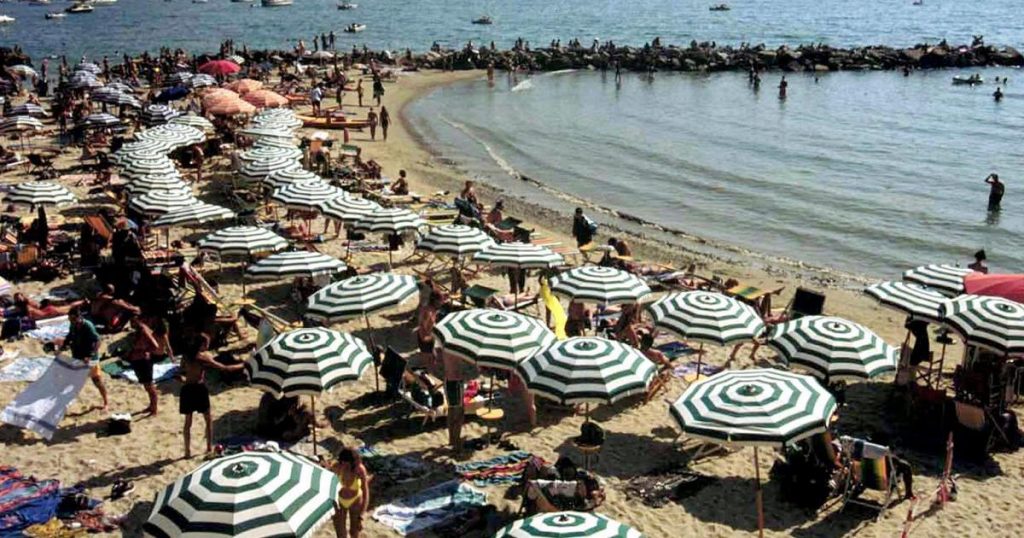The scorching heat does not stop Ferragosto. Between August 15th and 18th, 14.8 million guests are expected in lodging facilities, with 56% being Italian tourists. There are few rooms still available, especially in the traditional summer vacation destinations. 91% of the available supply has already been booked, which is slightly higher than in 2023, despite last year’s holiday being one day longer. This data comes from the Center for Tourism Studies in Florence for Assoturismo Confesercenti, based on monitoring done on major online booking platforms. While Italian tourists make up the majority, there is a slight dip in domestic demand compared to last year, with mid-August tourism being led by destinations with a strong international appeal that have regained room occupancy thanks to foreign markets.
For seaside locations, the average occupancy rate of lodging facilities is 95%, up by about 2 points. The same goes for lake destinations, reaching 95% with a 1% increase from 2023. Rural/hilly areas and thermal areas show stable occupancy rates, while mountain destinations have seen a 3% increase in bookings. In art cities, the average occupancy rate is 83%, up from 82% last year despite the high temperatures. Different trends are noted in the occupancy rates across different regions of the country. The Southern regions and islands show higher saturation levels, while all other areas have rates close to the national average. The Trentino-Alto Adige region stands out in the Northeast with an occupancy rate of 97%. The Valle d’Aosta and Liguria in the Northwest have rates of 95% and 97%, respectively. The Marche region has the highest rate in Central Italy, and Abruzzo and Sardinia show the highest saturation rates among the Southern regions and islands.
The data indicates a strong demand for travel during the Ferragosto holiday period, with a preference for international destinations that have recovered room occupancy rates thanks to foreign visitors. Coastal and lake destinations have high occupancy rates, while mountain destinations have also seen an increase in bookings. Art cities have slightly improved in occupancy this year despite the heat. Regional differences are evident, with Southern regions and islands showing higher saturation levels compared to other areas. Among the highlights are the Trentino-Alto Adige region in the Northeast and Valle d’Aosta and Liguria in the Northwest, all with high occupancy rates. Marche stands out in Central Italy, while Abruzzo and Sardinia have the highest saturation rates in the South and islands regions.
Overall, the Ferragosto holiday period continues to be a popular time for travel in Italy, with high demand expected in various types of destinations. The trend of preferring international destinations and the increase in bookings in mountain areas are notable, along with the steady performance of rural, hilly, and thermal destinations. The data also reveals regional differences in occupancy rates, with the Southern regions and islands showing higher saturation levels compared to other areas. The Trentino-Alto Adige region in the Northeast and Valle d’Aosta and Liguria in the Northwest stand out with high occupancy rates, while Marche leads in Central Italy. Abruzzo and Sardinia have the highest saturation levels in the Southern regions and islands, indicating strong demand in those areas during the Ferragosto holiday period.
In conclusion, the Ferragosto holiday period in Italy is expected to be a bustling time for travel, with high occupancy rates in various types of destinations. International destinations have seen a resurgence in room bookings, especially in coastal and lake locations. Mountain destinations have also experienced an increase in demand. While regional variations exist, overall, the holiday period is shaping up to be a successful one for the tourism industry in Italy.















